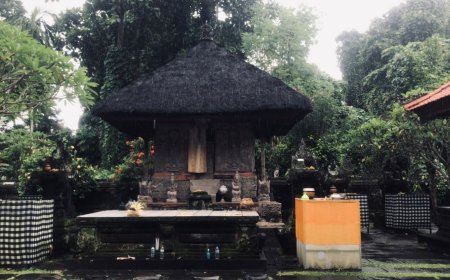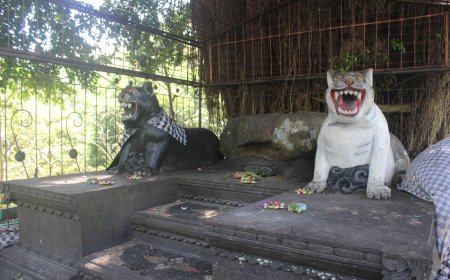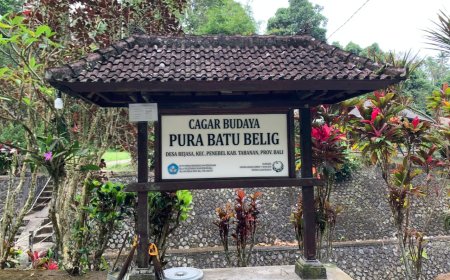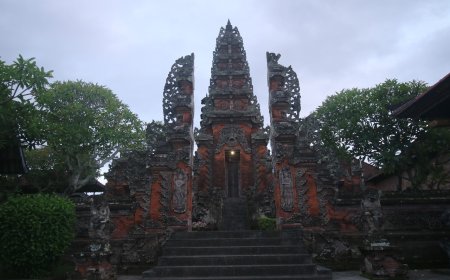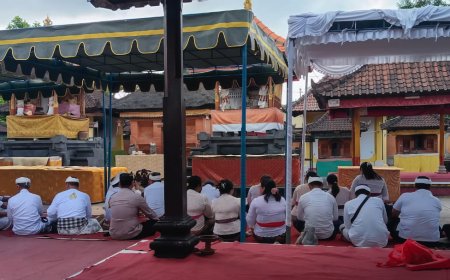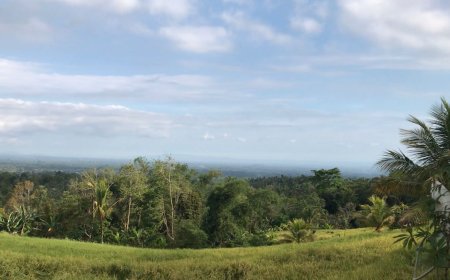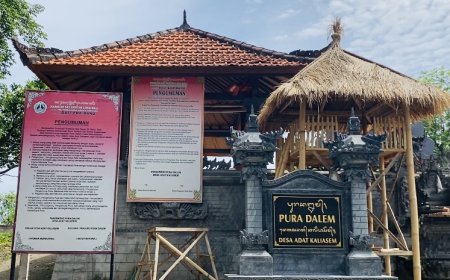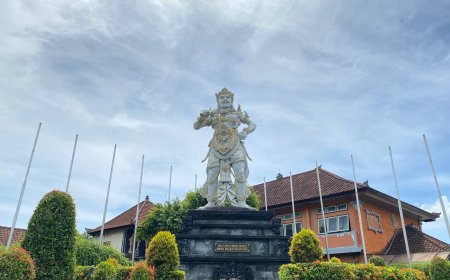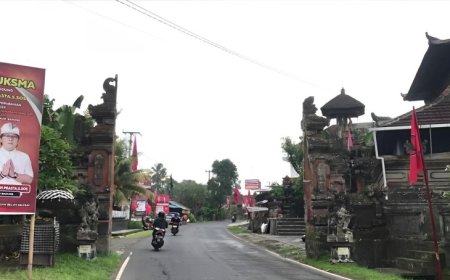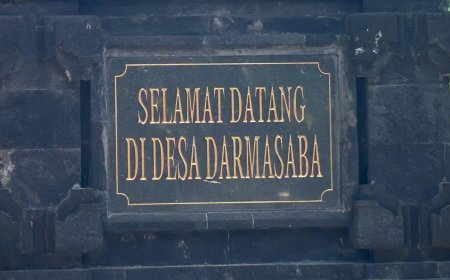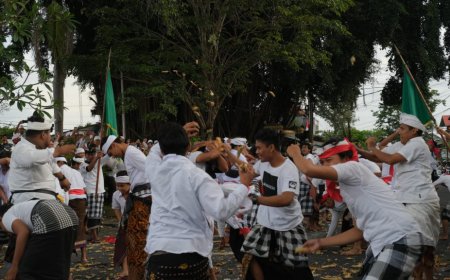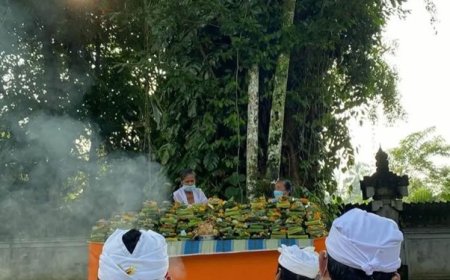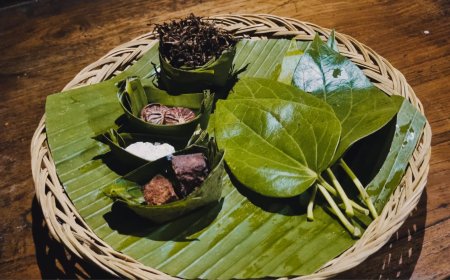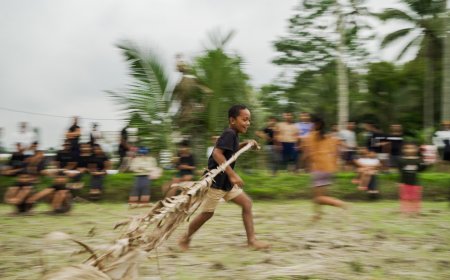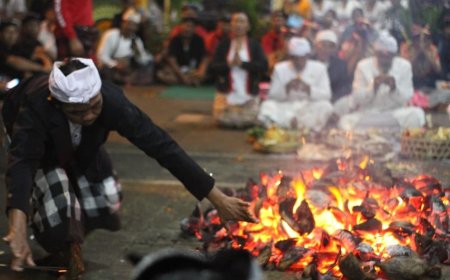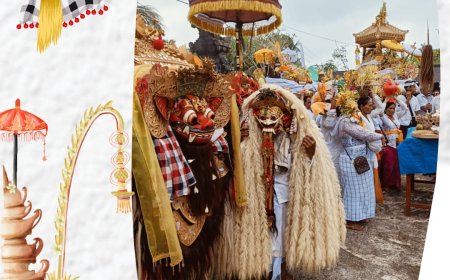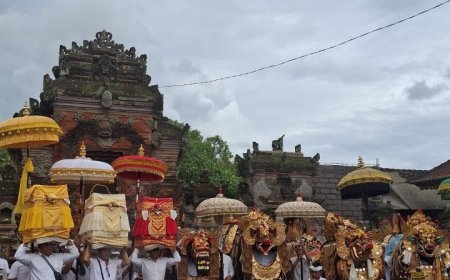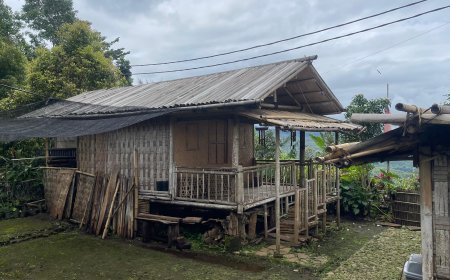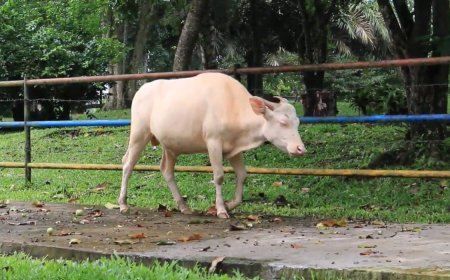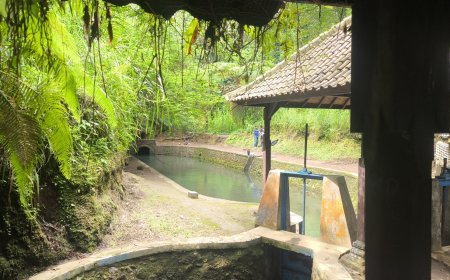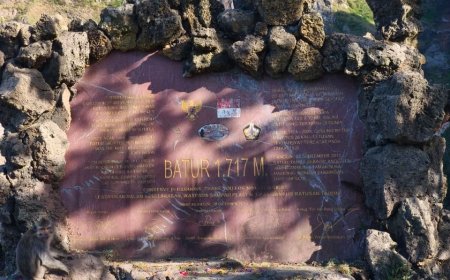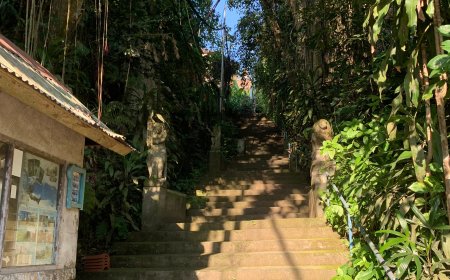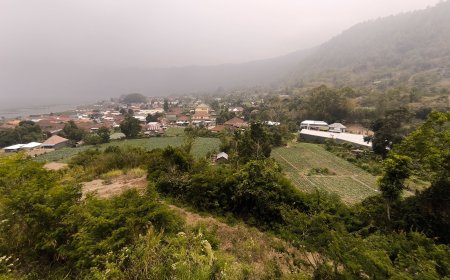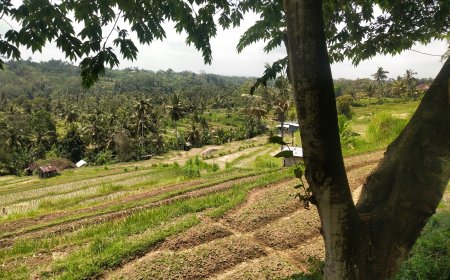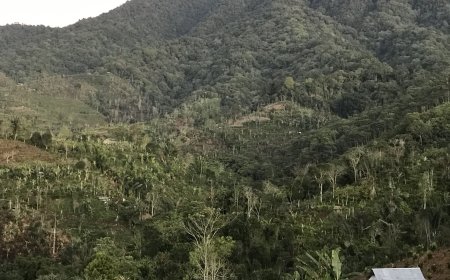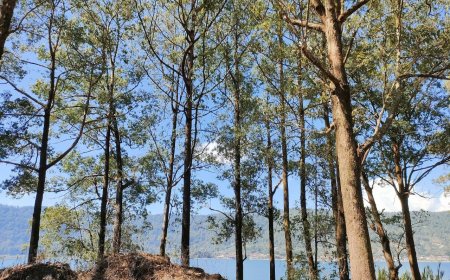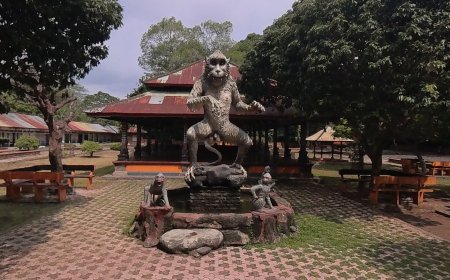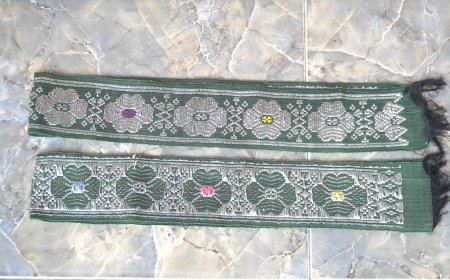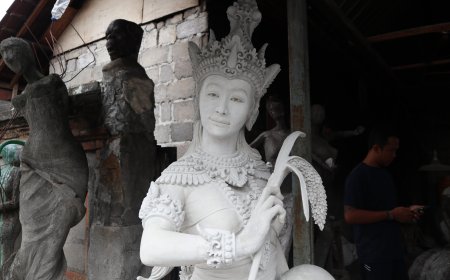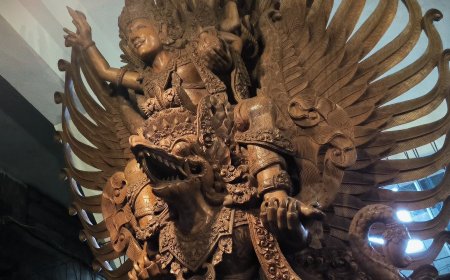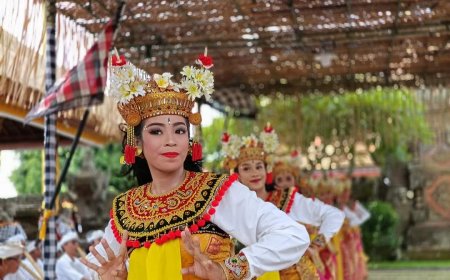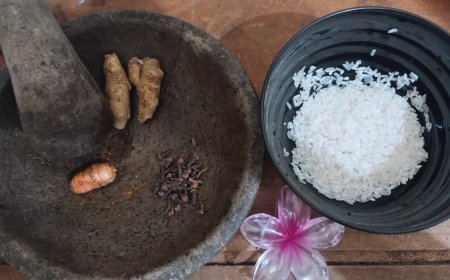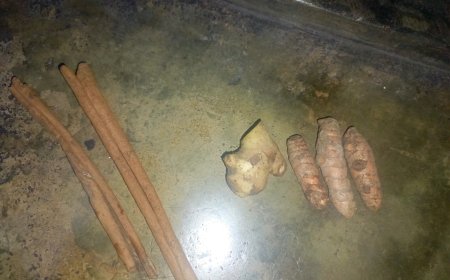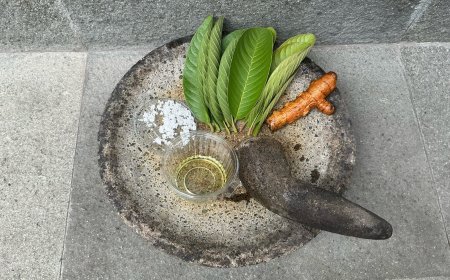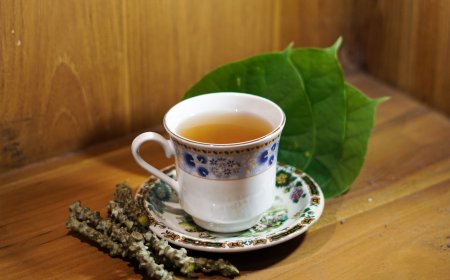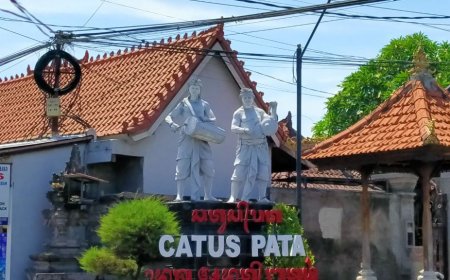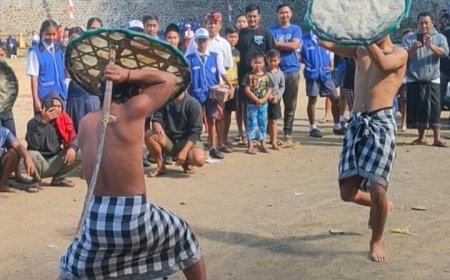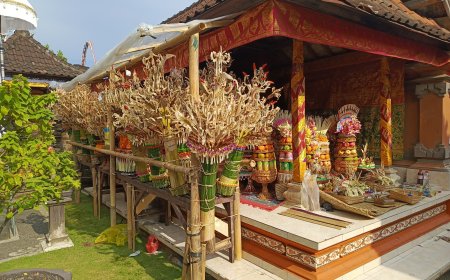Exploring the Unique Tradition of Piling Customary Village: Harmony Across Religions through "Ngejot" and Mutual Cooperation
Tolerance is an attitude and behavior of mutual respect and acceptance of differences, whether in terms of ethnicity, religion, or culture. Piling Customary Village in Bali serves as a reflection of a tolerant attitude with its two different communities. The village has successfully preserved its cultural heritage, with some residents adhering to Christianity and Catholicism. The Catholic Church of Stasi Santo Mikael and the Protestant Church in Bali Immanuel in Banjar Piling Tengah demonstrate harmony and coexistence of religions, reinforcing Piling Customary Village as an example of unity in cultural diversity.
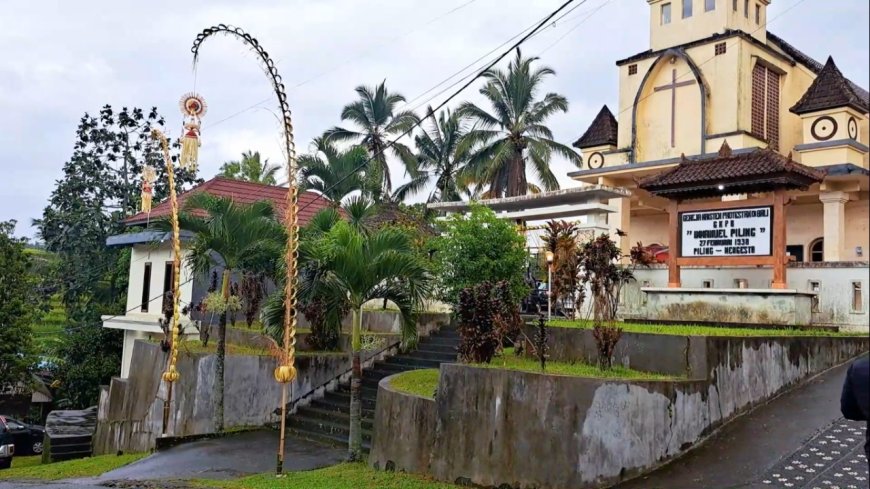
Indonesia, a country that celebrates ethnic and religious diversity, creates a unique social landscape that requires a foundation of tolerance to sustain harmony within its society. Desa Adat Piling, exemplifying success in nurturing and preserving this diversity, stands out as a place where tolerance and the spirit of mutual cooperation thrive amid differences.
Desa Adat Piling is one of the traditional villages in the Penebel District, Tabanan Regency. The village consists of three customary banjars, Banjar Piling Kawan, Piling Tengahan, and Piling Kanginan. Desa Adat Piling serves as a living example of how diversity is not only acknowledged but also respected and safeguarded as a shared heritage.
Originally known as Desa Tagel Sepit, Desa Piling is an ancient village in Penebel. Its origins are linked to the migration of residents from Desa Sarin Buana in the Bajra region to the north. Tasked by Jro Subamia from Puri Tabanan, they relocated the village to be closer to Pura Pucak Kedaton and other temples, such as Pura Manik Selaka, Linggar Sari, and Pura Jero Tengah.
In the 15th to 16th centuries, village elders initiated the relocation, clearing forests and preserving sacred tools stored in the temple. Initially situated to the north, the village was called Tagel Sepit due to its narrow and elongated terrain. Pura Khayangan Tiga, consisting of Agung, Puseh, and Dalem, was built, along with ancient artifacts like sarcophagi and Linggayoni that are still preserved.
Throughout its history, the village moved south and north due to challenges such as ants stealing food. The northern region was taken over by Jatiluwih, while the southern area with many piling trees became a new settlement. The village became known as Desa Piling after the relocation in the 19th to 20th centuries, specifically in 1901.
Another interesting aspect of Piling's history is its ability to coexist with communities of different beliefs. Protestant Christians arrived in 1928, forming a community in 1936 in Piling Kanginan, extending to the narrator's family and descendants.
In 1955, Catholic teachings entered Abianbase through the narrator's family from the southern region. The spread was supported by German priest Pastor Suberger, providing humanitarian aid during economic difficulties caused by the eruption of Mount Agung. This aid, including food, education, and healthcare, contributed to the development of the Catholic community. Currently, there are 80 Christian households in Desa Piling, comprising both Catholic and Protestant communities. The strong emotional bonds and love among Christian families remain intact, as they all originate from Desa Piling and are still considered as brothers and sisters.
Desa Adat Piling acknowledges that tolerance is not just a concept but an integral part of daily life. Despite two communities with different ethnic and religious backgrounds, the villagers continue to maintain peace and mutual respect. They understand that diversity is a strength that enriches rather than threatens.
The tradition of mutual cooperation is the backbone of life in Desa Adat Piling. The concept of "ngejot" the spirit of helping one another between different communities, serves as a strong adhesive. During celebrations like Galungan or Nyepi, the Christian community actively participates by building penjor or preparing traditional dishes. Conversely, during Christmas or Easter, the Hindu community joins in the event preparations.
Photo of the Pastor Delivering a Prayer (Photo Source: Personal Collection)
In the celebration of Christmas, the use of a variety of Balinese ornaments not only serves to beautify the occasion but also plays a crucial role in the smooth flow of the event. These Balinese ornaments go beyond mere decorations; they symbolize diversity and the harmonious coexistence of lives. Through these distinctive Balinese ornaments, it is evident how the community places value on diversity and tolerance. Each ornament carries its own story, framing the celebration with rich and meaningful nuances. This diversity creates a captivating and harmonious scene, illustrating the importance of mutual respect in unifying differences.
The understanding of religious symbols in Piling Customary Village reflects the depth of the residents' knowledge. Penjors and tedungs used in church ceremonies are not considered disrespectful but are revered as religious symbols with profound meanings. Hindu penjors, adorned with symbols like Ong-kara, Arda Candra, stars, sun, and the ananta bogha emblem, are appreciated as decorations with aesthetic and religious value.
Immanuel Church and Balinese Penjor (Photo Source: Personal Collection)
Knowledge about penjors, their components, tedungs, and purification ceremonies is not mere information but an inherited legacy passed down through generations. The inhabitants of Piling Customary Village inherit this understanding from their parents and grandparents, fostering a strong awareness of differences and the importance of respecting them.
In the village church of Piling Customary Village, the majority of worshippers choose to wear traditional Balinese attire. This practice demonstrates that religion does not dictate dress code, and Balinese traditional clothing is considered a right for Balinese people, unrestricted by religious boundaries. The priority is comfort, cleanliness, and enjoyment during worship.
In a relaxed atmosphere, many prayers and gospel readings are translated into the Balinese language in the church of Piling Customary Village. This showcases a well-accepted form of acculturation, demonstrating that language differences do not hinder understanding religious teachings.
Piling Customary Village serves as a tangible example that mutual assistance transcends religious boundaries. In Hindu weddings, Christian communities contribute their expertise in making janur (young coconut leaf decorations), and vice versa. Similarly, during adult milestone celebrations (Sidhi/Ulang Tahun) in the church, the Hindu community assists with consumption and other aspects.
